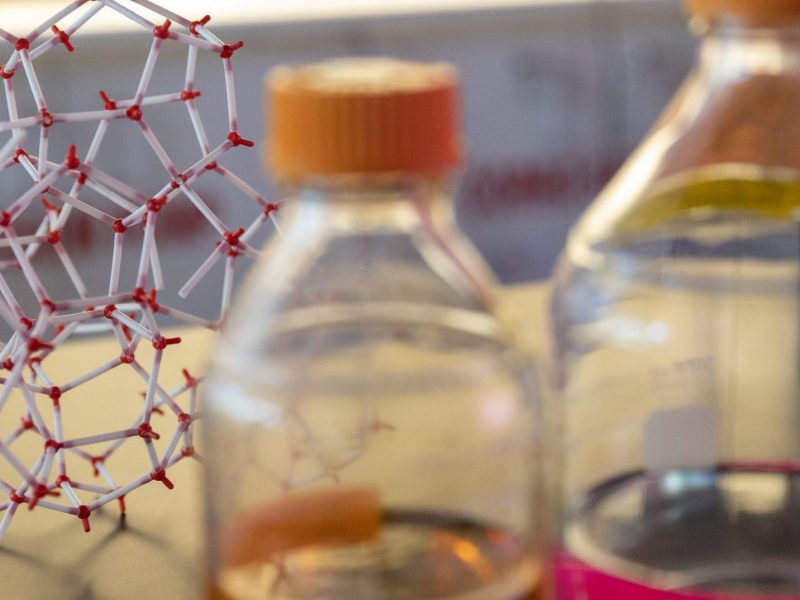Description
The ability of children to walk effectively at home and in their communities is essential to physical health, independence, and general well-being. Unfortunately, many children with cerebral palsy (CP), the most common cause of pediatric physical disability, have difficulty walking and completing balance-intensive weight-bearing tasks, such as navigating around or over obstacles. The ankle joint plays a critical role in walking, acting to stabilize, supporting, and propelling the body. Reduced ankle performance during walking in those with CP is suggested as a primary contributor to the observed gait dysfunction. The ankle plantar-flexor produces 50% less positive joint work than in typical gait, resulting in a reliance on more proximally located muscles for forward progression. This leads to a prohibitively poor walking economy; the metabolic cost of transport for children with CP is three times above normal on average. Ankle-foot-orthoses, which function by restricting ankle dorsi-flexion during the stance phase of walking, show limited effectiveness for clinically relevant improvements in gait mechanics and energetics. Orthopedic surgery, muscle injections, and physical therapy, can improve ankle function, but complete correction is not achieved; long-term gait and motor deficits remain.
Additional information
Patent number and inventor
16/353,133
Zachary F. Lerner
Potential applications
Applications in physical therapy.
Benefits and advantages
Existing rehabilitation exoskeletons targeted for adults with stroke or spinal cord injury operate by slowly repositioning limbs along desired joint trajectories. This approach differs in that it is designed around providing quick bursts of assistance intended to restore lost ankle function. Providing dynamic actuation to the ankle joint of individuals with CP will result in a more efficient redistribution of lower-extremity power output to reduce the metabolic cost of walking and stair climbing, and will improve performance during balance-intensive tasks by rapidly changing total ankle impedance in response to perturbations and/or abrupt changes in posture.
Case number and licensing status
2018-030
This invention is available for licensing.

